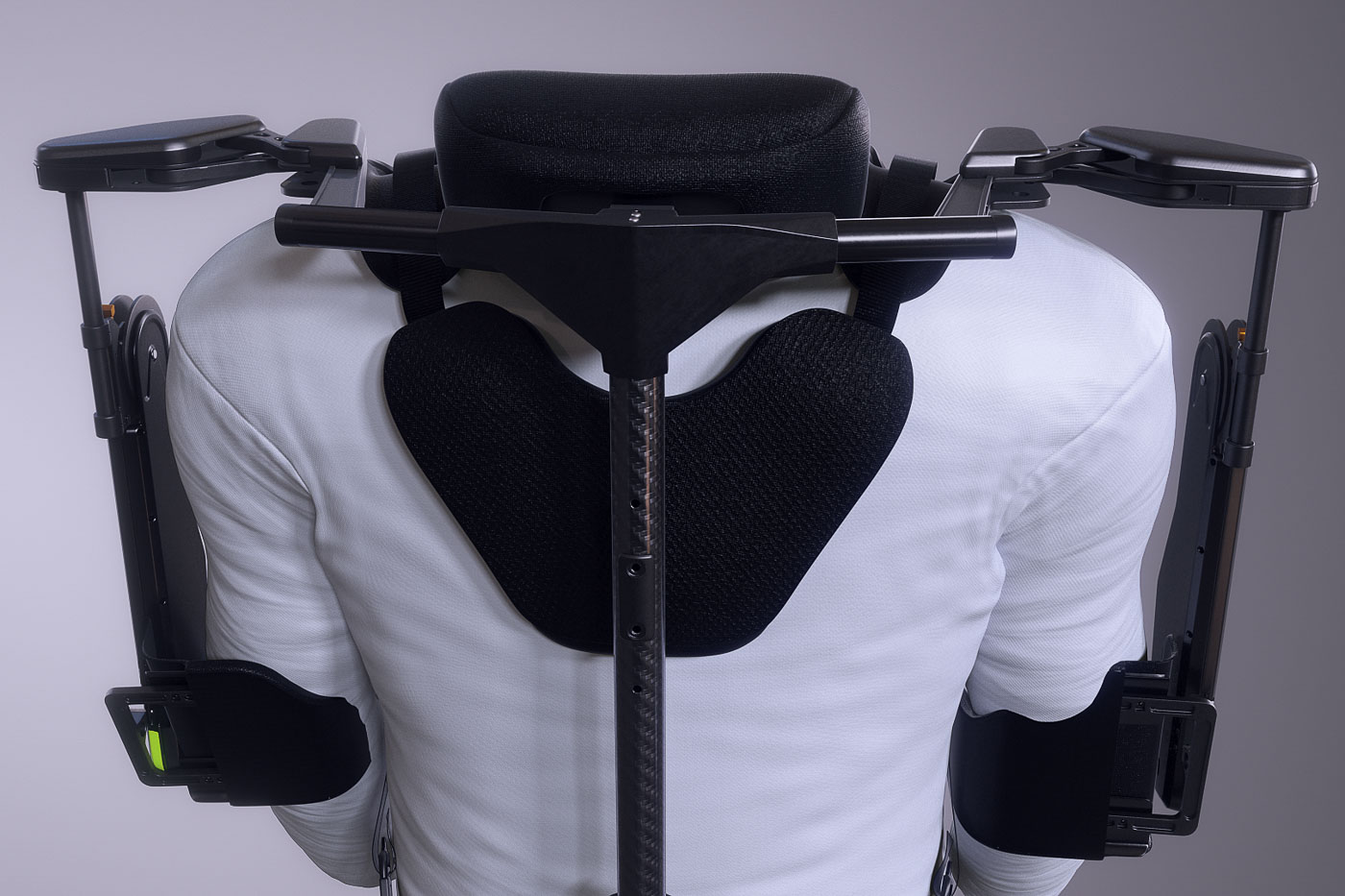As part of a plan to develop a diverse range of robotics technologies, Hyundai Motor Group (HMG) has developed the new Vest Exoskeleton (VEX), a wearable robot for industrial workers who spend long hours working in overhead situations.
Many production-line workers in the automotive industry have tasks primarily done overhead, such as bolting the underside of a vehicle, fitting brake tubes and attaching the exhaust systems. Therefore, the VEX aims to alleviate fatigue and reduce occupational injuries by imitating the movement of human joints to boost load support and mobility.

Designed to be worn like a backpack, the back section of the vest can be adjusted by up to 18cm to fit a variety of body sizes. The force assistance provided by the VEX can also be adjusted up to 5.5 kgf. Without the need for a battery pack, the VEX weighs only 2.5 kg, which is 22% to 42% lighter than competing products!

As part of the research and development, HMG conducted a successful pilot trial for the VEX in two of their US factories, boosting productivity of the workers. Both plants have now integrated the VEX into their production line, and Hyundai is looking to implementing the VEX in all of their remaining manufacturing plants.
Separately, the HMG also announced that their Chairless EXoskeleton (CEX) is soon to be commercialised. The CEX allows users to “sit” at three different angles, reducing the users’ back and lower body muscle stress by up to 40%.

Other than production line focused robotics, Hyundai is also looking to develop other robotic technologies in the future, including electric vehicle charging manipulators and hotel service robots.
According to the International Federation of Robotics, the wearable robotics industry is growing at 14% annually and accelerating. By 2021 approximately 630,000 commercial robots will be sold worldwide, with the greatest demand coming from the automotive sector.





